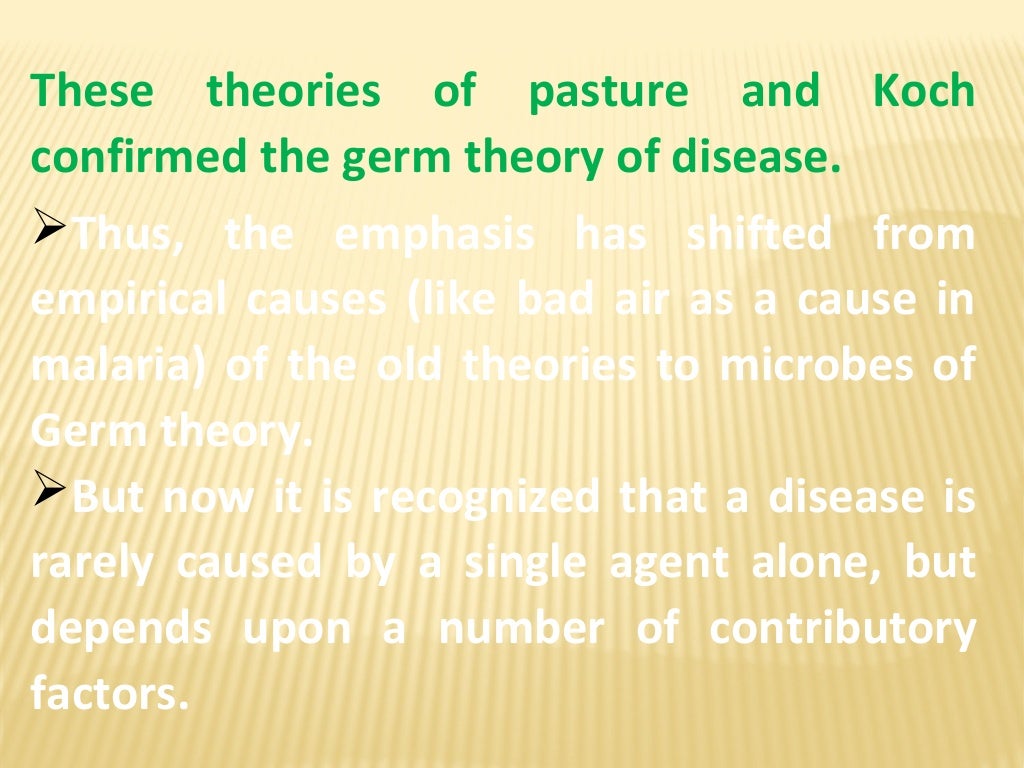

There has to be an existence of causa sine qua non.⁷ This test would be better explained in the form of a practical example. This inquires whether the prohibited consequence would have occurred but for the actions of the accused. This test, which has a presence in contract and tort law, plays a significant role in criminal law as well. This essentially translates to “cause-in-fact” which in colloquial terms is known as the “But-For” test. The general principle employed while determining factual causation is the causa sine qua non. Secondly, establishing the ‘Legal Causation’.⁶ These two elements will be discussed in depth in this section. Firstly, establishing the ‘Factual Causation’. To that effect, the process of establishing causation is done mainly in two prongs. The chain of causation here remains unbroken and therefore, the husband’s conviction was upheld by the court.

The English court discussed the link between the first and the final act and observed that inspite of there being no mens rea to kill his wife, the husband’s actions were self-serving as his first act led to the second and finally to her death. The husband was subsequently charged with manslaughter. This resulted in her crashing down and fracturing her skull which eventually led to her death. Then, while the husband tried to lift her and drag her away, his hand slipped and he lost grip of her body. Le Brun.⁵ In this case, the husband landed a blow on his wife which caused her to lose consciousness.

It may vary according to the factual matrix of each case. The range of expectations may not always be this straightforward. Therefore, the actus reus in this case would be the omission to provide food to the baby and A for having performed this actus reus, will be liable for the offence.⁴ feeding the baby, would have prevented the harm. According to this, the accused will be held liable for all the consequences arising out of his act, as long as these are reasonably foreseeable.įor example, if a person A, doesn’t feed their baby for a certain time and the baby dies due to starvation, then it can be reasonably expected that the death of the baby was caused due to the omission of performing a certain act by A.³ This particular example also gives rise to omission liability as the act which was omitted, i.e. This type of consideration is called the “Reasonable Expectations” test. This can be done as a sequence of reasonably foreseeable or anticipated link between the first act of the accused to the final consequence as an uninterrupted chain. It is imperative to establish causation in criminal law in order to determine the criminal liability which can be affixed to the accused. Secondly, I will analyse the doctrine of causation in the light of the Indian Criminal Law sphere. Firstly, I will examine the establishment of the different elements of causation in criminal law. On that note, here, I will mainly be focusing on the doctrine of causation and subsequently, I have divided this paper into 2 sections. This shows how indispensable causation is to criminal law and liability. Therefore, A cannot be held liable for murder but there can be charges for attempt to murder. In this case, even though A’s intention for B to die did transpire, it neither arose out of nor had any connection to A’s actus reus. However, before the explosion of the said bomb, the car meets with an accident and as a result, B dies. The aforementioned statement would be better explained with the following example: Suppose, A, intending to murder B, places a bomb in B’s car. While mens rea and actus reus refer to guilty mind and guilty act respectively, causation, in criminal law, refers to the causal relationship between the actus reus of the offence and the prohibited consequence which is usually harm, damage or loss.¹ This causation is of primary importance while attaching any criminal liability to the accused in the sense that if the prohibited consequence is not caused due to the actus reus of the accused, - inspite of having the mens rea for the occurrence of the said consequence - he/she will not be held liable for that particular offence.² For an act to qualify as a criminal offence, it has to have 3 elements- mens rea, actus reus and causation.


 0 kommentar(er)
0 kommentar(er)
